Monet's Water Lillies: The Definitive Guide for Travellers
Claude Monet’s Water Lilies are among the most beloved and amazing artworks of the 20th century. Displayed in Paris’s Orangerie in a set of rooms devoted entirely to the paintings, they are Monet’s gift to…
22 Mar 19 · 8 mins read
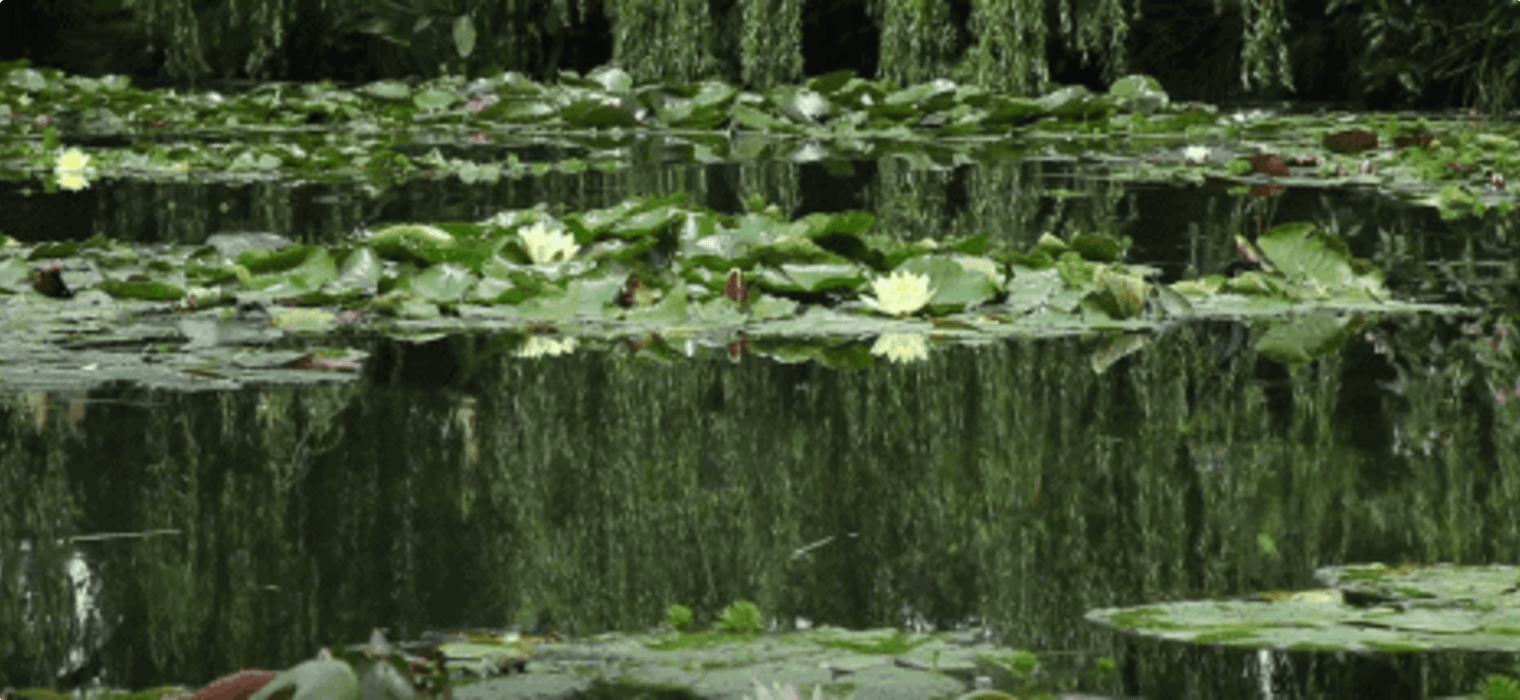
Claude Monet’s Water Lilies are among the most beloved and amazing artworks of the 20th century. Displayed in Paris’s Orangerie in a set of rooms devoted entirely to the paintings, they are Monet’s gift to France at the end of World War I. The rooms, designed by Monet himself, are ‘a refuge for peaceful meditation’.
Yet, as this article recounts, these tranquil images were created in a time of considerable turmoil for Monet, as he battled personal tragedies, the devastation of the Western Front, and his own reluctance to finish his masterpiece. For more information on the Water Lilies, we encourage you to read Ross King’s Mad Enchantment: Claude Monet and the Painting of the Water Lilies and Annette Robinson’s Claude Monet’s Water Lilies.

The Water Lilies depict Monet’s pond of water-lilies, the centre piece of his famous garden at Giverny, previously written about on this blog and visited on two Odyssey small-group tours: The Western Europe Treasures and Gardens Tour and French History By Rail. The pond had been built in 1893, when Monet diverted the Ru River which ran beside his property, and created the pond surrounded by weeping willows and crossed by the elegant Japanese bridge he built himself. All things Japanese were in vogue in the late 19th century in Paris, and Monet was inspired by Japanese ukiyo-e woodblock prints, or images of the ‘floating world’.

Monet had also been particularly impressed with a display at the 1889 Exposition Universelle (World’s Fair) by the botanist Joseph Bory Latouri-Marliac, who had for the first time successfully grown colourful lilies in Europe; previously, due to the cold climate, only white water lilies could survive. When the pond was completed at Giverny, Monet ordered two pink and four yellow lilies from Latour-Marliac.
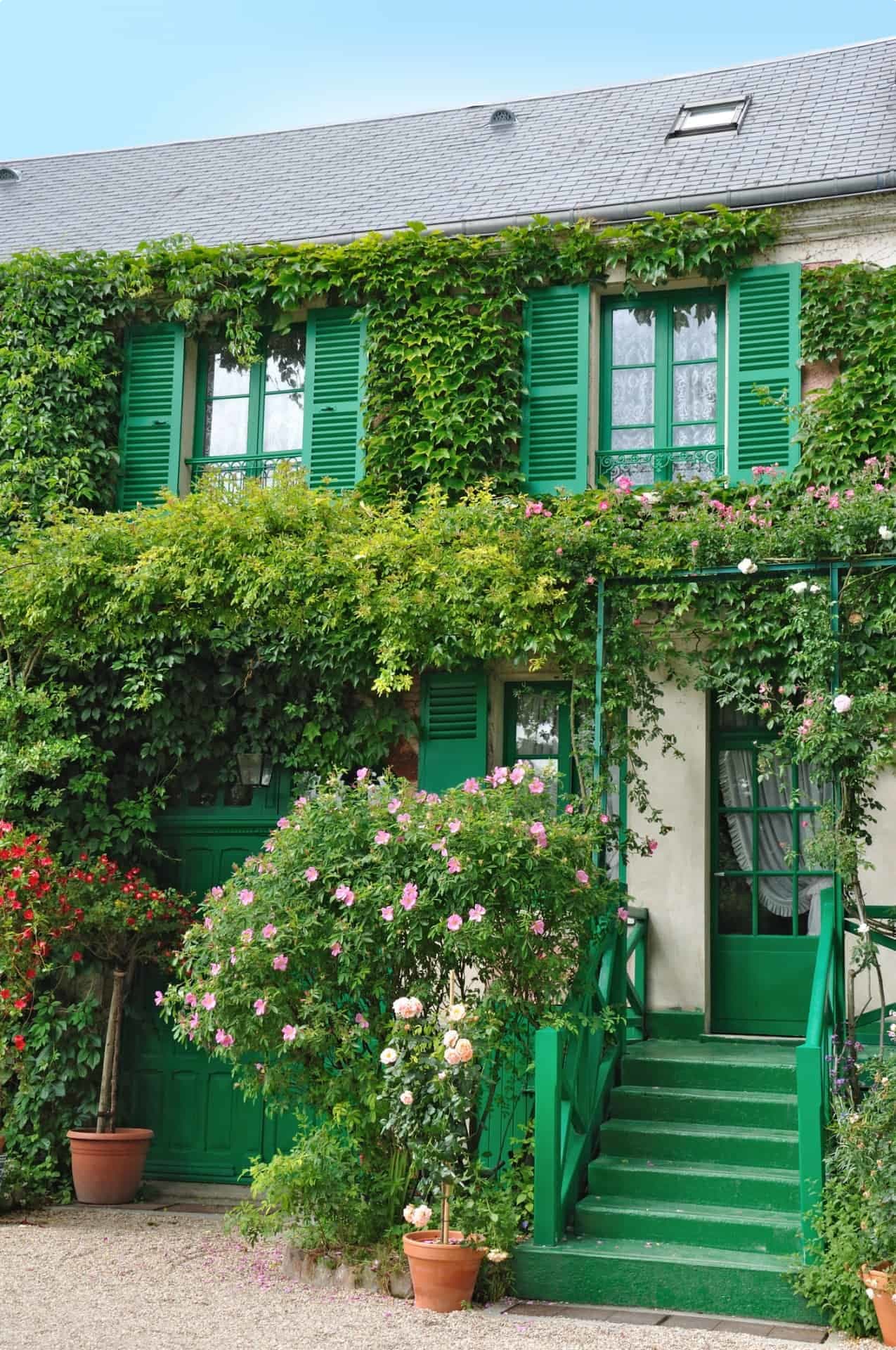
After many years of travelling through Normandy, as well as London and Venice, Monet withdrew to paint Giverny, where he had built a substantial studio to paint in. In the winter of 1895, Monet set up his easel by the water and began to paint the lilies for the first time.
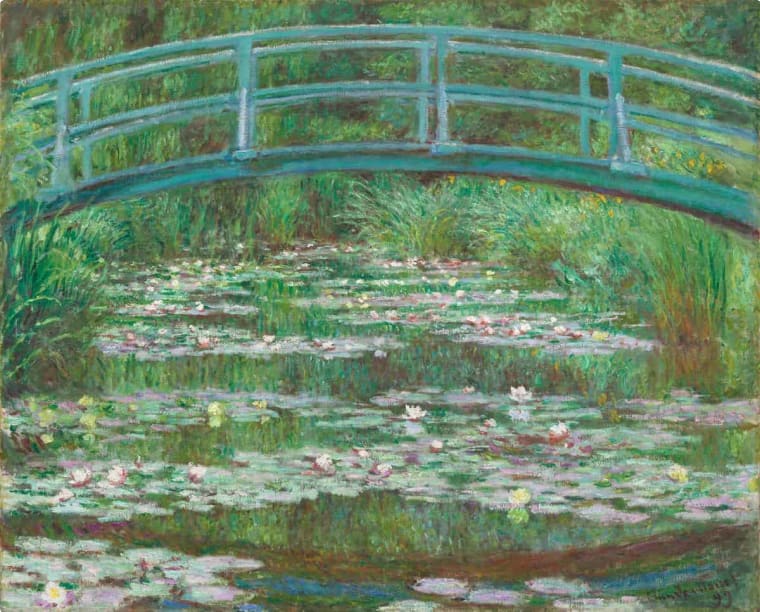
Following a pause of ten years, Monet began to paint the pond again beginning in 1905, culminating in the 1909 exhibition of forty-eight paintings, Water Lilies: Series of Waterscapes by Claude Monet. It was the most triumphant exhibition of his career, acclaimed by critics and rapidly sold to a host of art collectors.
No one had ever painted water before the way that Monet did in the Water Lilies. While his 1890s paintings had remained anchored to the land features of the Japanese bridge and the willows, the 1909 paintings are virtually all water, the trees and sky only visible through their reflections on the water’s surface. Yet, Monet still had grander ambitions, as he told one journalist:
One day, I got the temptation to use the water lily theme to decorate a living room: extended along all its walls, and enveloping all its surfaces with its unity, it would produce the illusion of an endless ensemble, of a wave with no horizon or shore; here, fried nerves could relax, following the restful example of this still water. The room would provide whoever visited it a refuge for peaceful meditation in a flowering aquarium.

Monet’s triumph was followed by what he later called ‘an endless succession of troubles and anxieties.’ His water garden was destroyed by floods in 1910 and took years to recover. More tragedy struck in 1911 when his wife Alice died from leukemia. Grief prevented Monet from working for some time. The following year, when he began to paint again, he encountered further difficulties as he began to lose his eyesight due to cataracts. Finally, in February 1914, his son Jean died at the age of forty-six.
Always regarded by friends as bad-tempered and often difficult to deal with, during this period Monet suffered from many symptoms that we would today recognise as depression. He was fatigued, lacked appetite, stayed in his bedroom all day long, and suffered severe bouts of self-doubt and anguish. In trying to create something revolutionary, he was troubled by the disconnect between the images in his head and what appeared on the canvas.
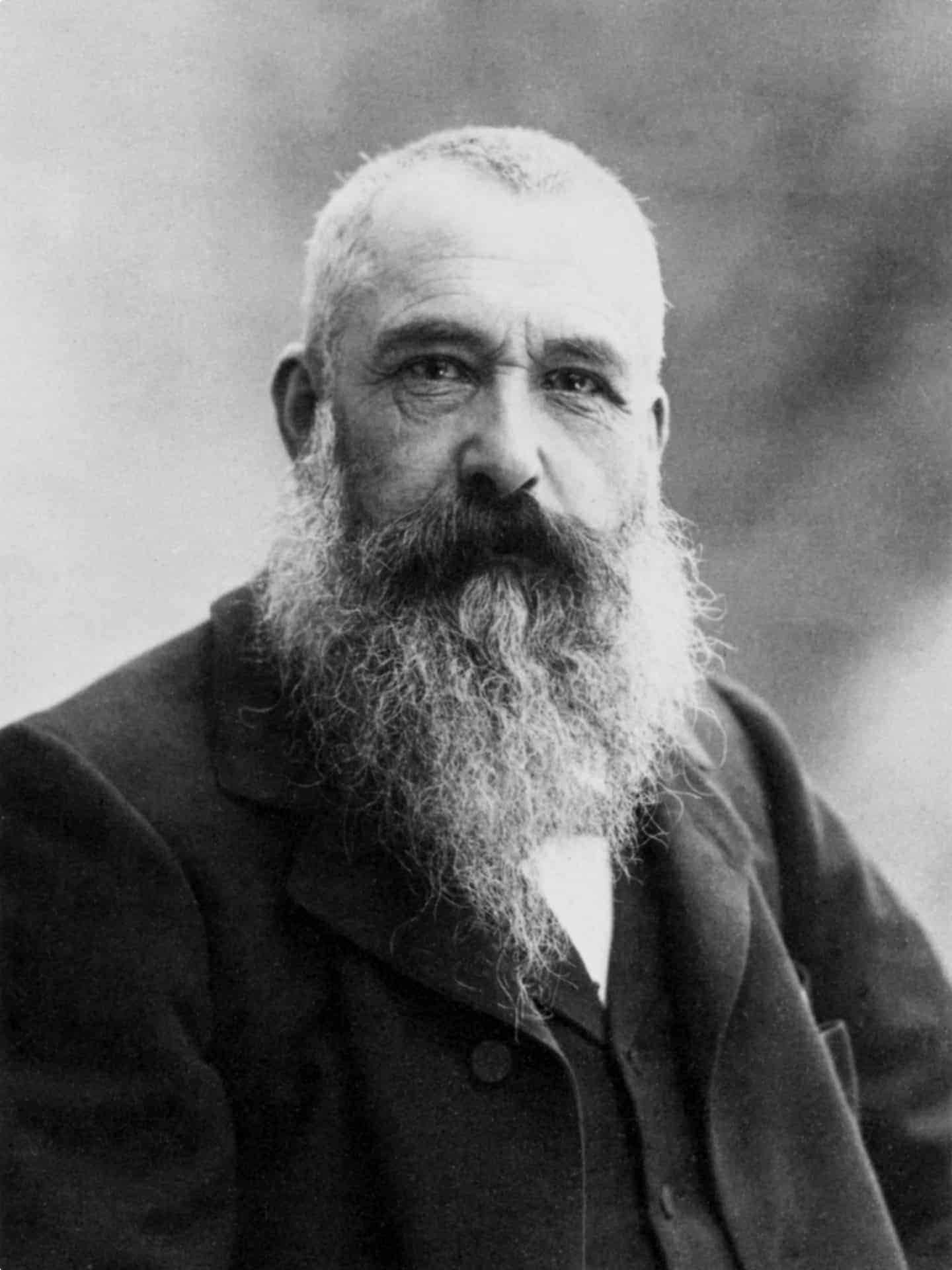
In January 1914, Monet received a visit from an old friend, Georges Clemenceau. Knowing that Monet was struggling, Clemenceau had come to Giverny to revive his enthusiasm for painting. His friendship with the former Prime-Minister, nicknamed the ‘Tiger’ of French politics was in many ways an unlikely one, given that Monet had never had much interest in politics and apparently had never voted. But Clemenceau and Monet had known each other since they were young men in Paris in the 1860s, shared a passion for gardens and cars, and Clemenceau had been a supporter of the impressionists when their art had been controversial.
At their meeting in 1914, Monet showed Clemenceau his first paintings of the water lily pond, and shared his dream of a room devoted to the paintings. Clemenceau responded with encouragement, urging Monet to find a rich sponsor to buy the early paintings.
Instead, soon afterwards, Monet began working on an entirely new cycle of paintings that would become the famous Water Lilies of the Orangerie.

The progress of the painting was soon impeded by the outbreak of the First World War. While Monet became increasingly reclusive, rarely leaving home and working constantly on the new paintings, Clemenceau became a leader of the war effort and eventually became Prime-Minister for a second time in 1917. As Prime-Minister, he oversaw the end of the War and became hugely popular with the French people, nicknamed ‘Père la Victoire’ (Father the Victory).
Only a few days after the armistice, Monet wrote to Clemenceau to offer the state two decorative panels, as ‘the only way I can take part in the victory’. Clemenceau instead suggested that, since the panels were a cycle, the donation should encompass eight panels. Monet accepted on the grounds that the larger donation received its own setting, rather than being placed in the Musée des Arts Décoratifs as the two canvases would have been. During the war, the Hôtel Biron had been turned into a museum dedicated entirely to the sculptor Auguste Rodin. Monet had been a long-time friend – and some-time rival – of Rodin, and sought to see himself glorified in the same way.

Despite the informal agreement between Monet and Clemenceau, it became clear that Monet was reluctant to give the paintings away. In 1920, the American collector Martin Ryerson offered 3 million francs for thirty paintings but Monet rejected this generous offer.
In subsequent negotiations with the French government he maintained that he would only donate his paintings to the state if two conditions were met: first, that he be allowed to keep his canvases until he died, and second, that he would have to see and approve the place that they would be displayed in.

The state asked him to chose between two buildings: the Jeu de Paume, or the Orangerie, which had been built in the mid-19th century to shelter orange trees from the winter. Monet, though disappointed that on his first visit it was host to a dog show, initially chose the Orangerie, but then changed his mind and threatened to withdraw the donation.
In 1921, Monet sold part of the Water Lilies to Kojiro Matsukata, a wealthy Japanese businessman and art collector. Following this, Monet seems to have changed his mind about the Orangerie, and indicated that he was again happy to donate his paintings.
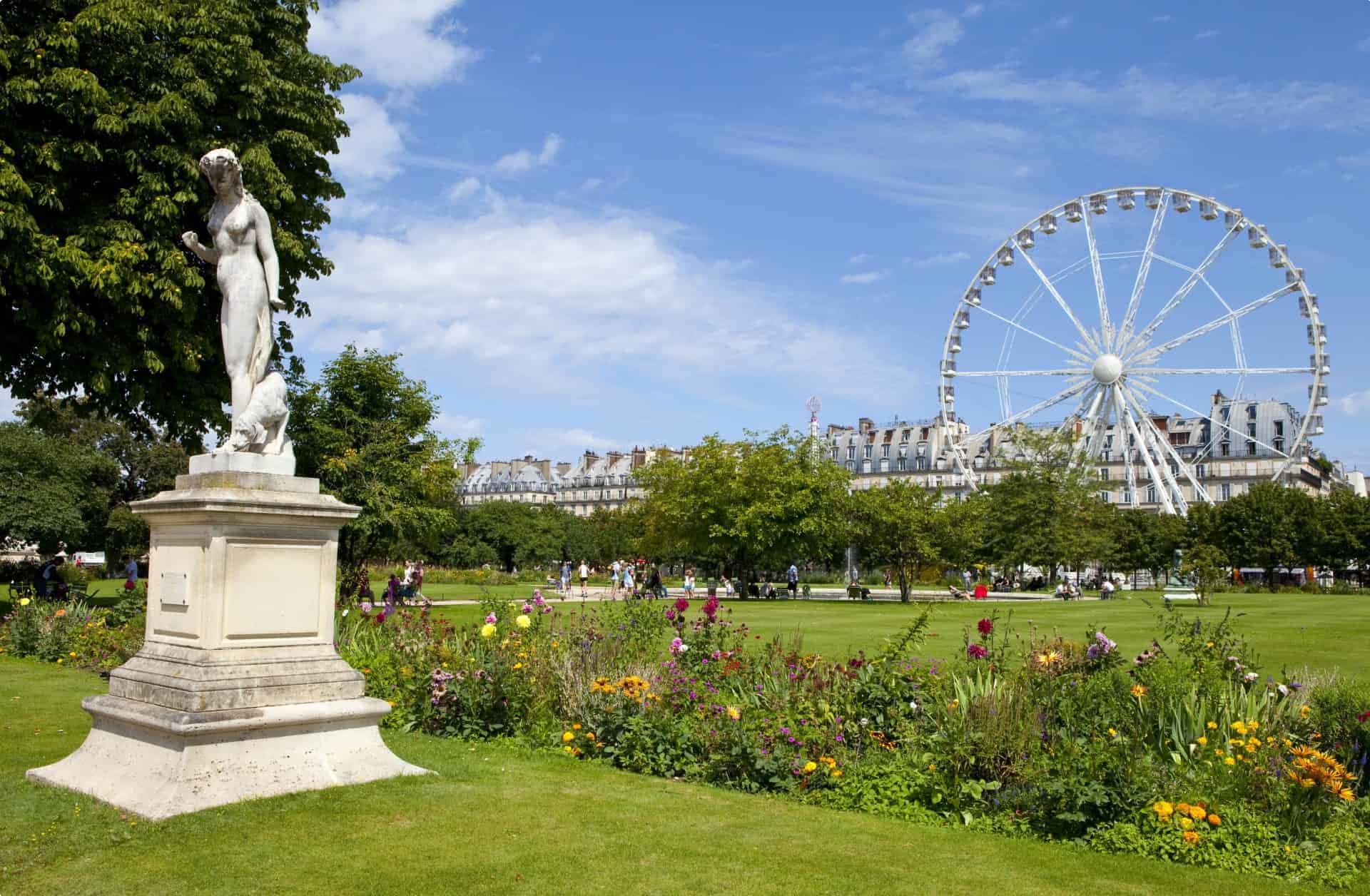
Yet soon afterwards, Monet’s vision, which had not caused many problems during the war, began to deteriorate again. Having always struggled over his masterpiece, his declining eyesight plunged him into despair. In April 1922, he slashed a number of his canvases with a knife and ordered his servants to burn several other canvases.
Finally, Monet had two surgeries that restored his vision, yet he remained tortured, worried that the paintings would never reach his aimed-for perfection. He was still reluctant to give the paintings away while he still lived.
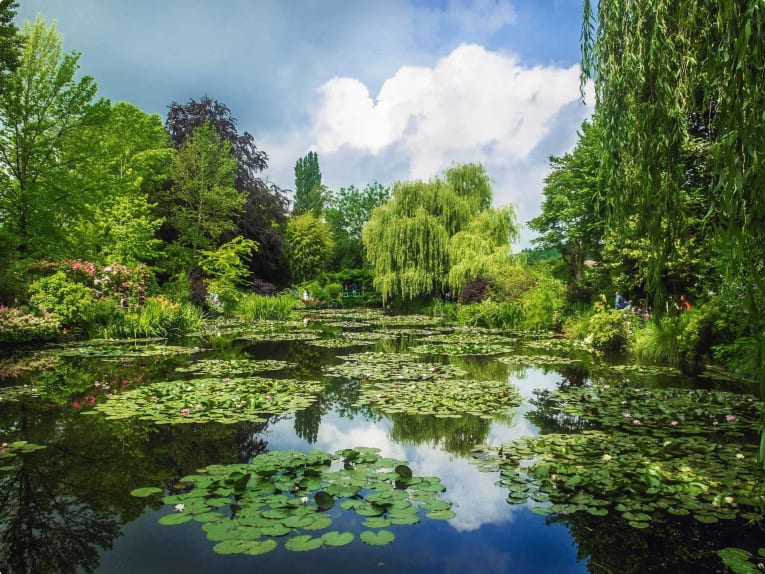
In early 1925, Monet wrote to Clemenceau and declared again that he wanted to withdraw the donation of the Water Lilies. Clemenceau was furious, and declared that he would no longer contact Monet, or regard him as a friend.
The falling out only lasted a few weeks. Clemenceau soon resumed contact, determined to break Monet out of what he called his ‘unhealthy state of mind’. Clemenceau’s determination had results, and finally, in summer 1925, Monet returned to work on the Water Lilies.
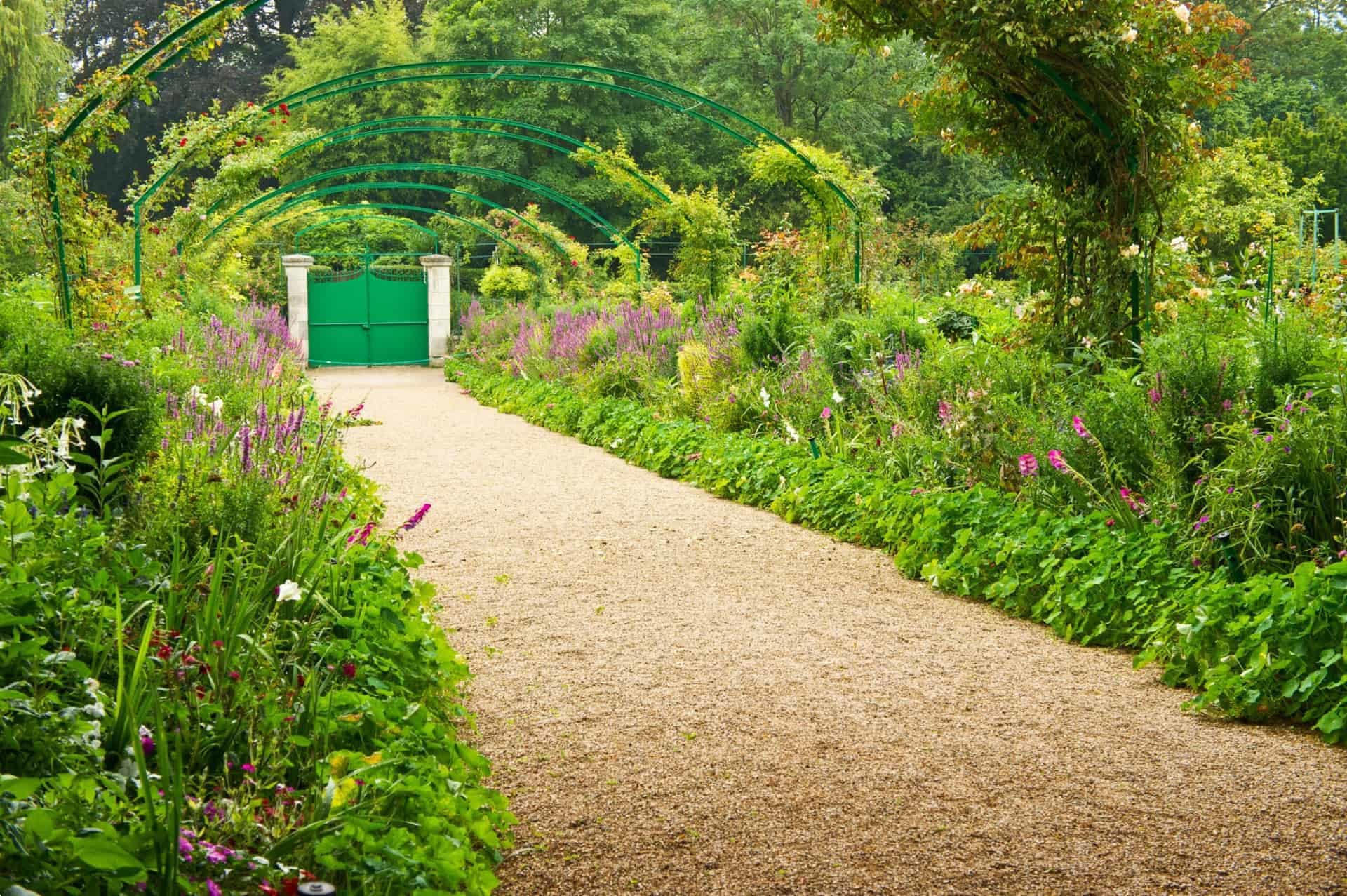
Despite this, it was clear that he remained resolved not to part with the paintings until he died. He purposefully left parts of the painting incomplete, with small patches of exposed canvas with no painting, so that the state could not take the cycle. After his death in December 1926, the donation was finally made, and the Orangerie opened in 1927.
Monet’s reluctance to part with his masterpiece is still apparent today. Unlike other Parisian museums such as the Louvre, the Orangerie remains relatively less visited by tourists, allowing you time with the Water Lilies for a memorable travel experience. Take the time to look closely and you will see that several patches of canvas remain blank, a testament to the troubled creation of the paintings.

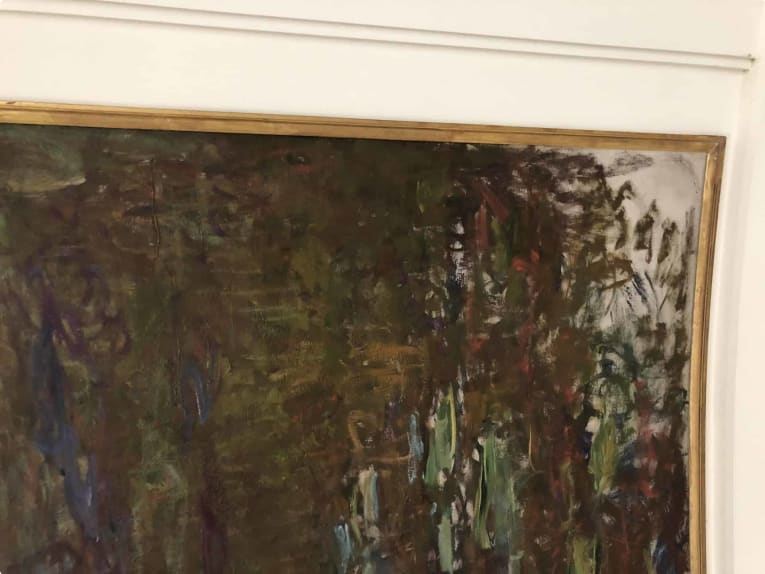
If this article has interested you in experiencing the tranquility of the Water Lilies, Odyssey Traveller runs a number of tours that visit Paris. Designed for the active senior traveller, these tours will introduce you to the rich art, history, culture and iconic landmarks of Paris while giving you time to independently explore the city, allowing you to make time for a visit to the Orangerie:
About Odyssey Traveller

We specialise in educational small group tours for seniors, typically groups between six to 12 people from Australia, New Zealand, USA, Canada and Britain. Our maximum number of people on a tour is 18 mature aged travellers. Typically, our clients begin travelling with us from their mid 50’s onward. But be prepared to meet fellow travellers in their 80s and beyond! Both couples and solo travellers are very welcome on our tours. We have some 150 tours and offer 300 scheduled departures on offer each year. Odyssey has been offering this style of adventure and educational programs since 1983.
Odyssey Traveller is committed to charitable activities that support the environment and cultural development of Australian and New Zealand communities.
Odyssey Traveller scholarship for Australia & New Zealand University students.
We are also pleased to announce that since 2012, Odyssey has been awarding $10,000 Equity & Merit Cash Scholarships each year. We award scholarships on the basis of academic performance and demonstrated financial need. We award at least one scholarship per year. We’re supported through our educational travel programs, and your participation helps Odyssey achieve its goals. Students can apply for the scholarship by clicking on this link to find out more details.
Join our loyalty program when you join an international small group tour.
Every International small group tour taken typically contributes to your membership level in our Loyalty Program for regular travellers. Membership of the alumni starts when you choose to take your first international small group tour with Odyssey Traveller, discounts in tour pricing for direct bookings accrue from your third tour with Odyssey Traveller. To see the discounts and benefits of being a Bronze, Silver, Gold, and Diamond alumni member with us, please see this page.
For more information on Odyssey Traveller and our educational small group tours, visit and explore our website, and remember to visit these pages in particular:
- Terms and conditions applicable for booking an Odyssey Traveller tour.
- FAQ’s about Odyssey Traveller
Alternatively, please call or send an email.
Related Tours
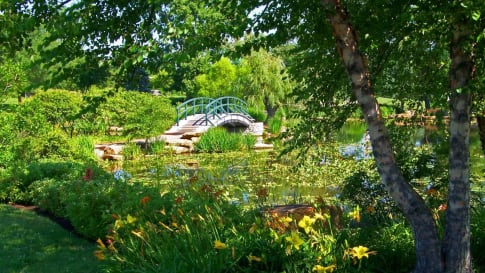
20 days
Apr, SepFollowing Monet
Visiting France
Join Odyssey Traveller, one of the best small group tour companies for Europe, as we follow French Impressionist master Claude Monet (1840-1926) to the beloved places he painted joined by local guides in France on this 20-day European tour. Each day our small group journey visits key destinations that influenced Monet. Join like minded people be they couples or solo travellers on this escorted tour. Minimal Single supplement charged to Solo travellers.
From A$15,450 AUD
View Tour
24 days
Sep, AprLa Belle France small group escorted history tours for seniors
Visiting France
Travelling with like minded people on this small group we visit several culturally significant and picturesque regions of France, including Provence, Champagne, Burgundy, and Bordeaux regions, where we sample wine and learn more about the tradition of wine-making. We also visit the Loire Valley to see its many castles. Finally, we travel to Bayeux, from where we we visit Mont St Michel and spend time up on the Normandy landing beaches with local guides.
From A$19,965 AUD
View Tour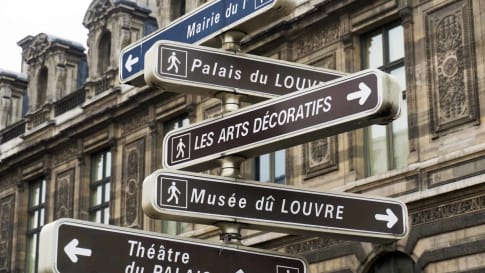
21 days
Mar, SepExplore Paris | 21-day Small Group Tour Exploring Parisian Life
Visiting France
On this small group tour of Paris, travellers take the time to join local guides to learn about the destinations within this city. Authentic experiences with like minded people and an Odyssey tour leader. Staying in apartments this European tour immerses itself in Paris' history, art, and culture in the city of light.
From A$15,325 AUD
View Tour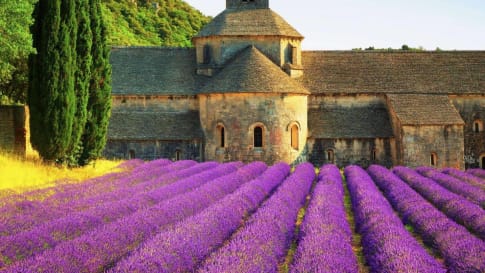
23 days
Sep, MayProvincial France | Small Group Tour for Seniors
Visiting France, Switzerland
This small group program explores the remote mountain plateaux, perched villages and dramatic gorges as well as the Mediterranean coastline.Travel with like-minded people on this tour especially designed for the mature traveller. The villages of Alsace provide an introduction to the diversity which is France. In Burgundy we explore the local villages. Then onto the Jura Mountains, a region rarely visited by tourists. Finally, Provence and the Côte d’Azur, regions of inspiration for artists such as Van Gogh, Cézanne and Picasso.
From A$17,215 AUD
View Tour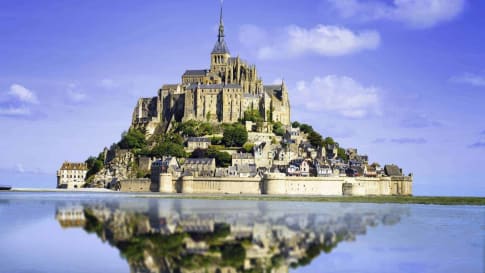
22 days
Aug, May, Apr, SepNormandy and Brittany escorted history tours for small mature grups
Visiting France
This small group tour for couples and solo travellers is centred on the North West corner of France: Normandy, where the peaceful landscape belies a turbulent past; Brittany, where a strongly separate Celtic culture is still evident; Poitou, famous for its rich farmlands and historic ports; and the Loire Valley, replete with royal châteaux.
From A$15,895 AUD
View Tour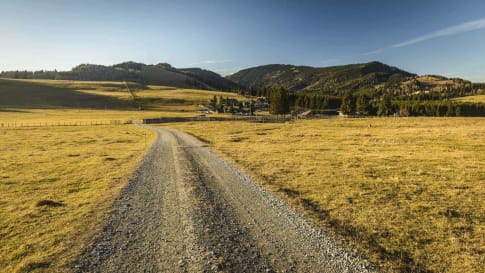
25 days
Sep, May, Apr, OctSecret France | Small group tours France | Places of cultural interest for seniors
Visiting France
Our small group tour designed with the mature traveller in mind, gives you the chance to see eight different locations over 25 days while experiencing local culture, trying regional cuisine, exploring breathtaking architecture and admiring beautiful scenery. From Zurich the tour will move south towards Sare before returning north to Paris where the tour finishes, for a significant part of our journey we will be following old pilgrim pathways, taking the group deep into the villages, valleys, shrines and ski resorts.
From A$17,995 AUD
View Tour
18 days
Oct, AprSouthwest France: Along the Canal du Midi
Visiting France
This small group travel tour is off the beaten track taken by many, exploring and learning from local guides about one of the key world heritages sites, Canal du midi. This escorted tour is for mature couples and solo travellers with a passion for France.
From A$16,500 AUD
View Tour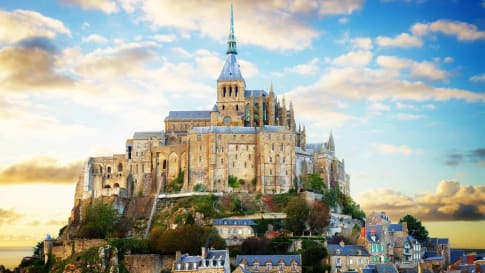
22 days
Apr, May, SepAnglo French Tour | Normandy, Brittany, Channel Islands tour
Visiting Channel Islands, England
Our 21 night program has daily itineraries with plenty of authentic experiences provided by passionate local guides in the key destinations in France, Channel Islands and England for this small group of like minded people. For Solo travellers minimal single supplement applies for this European tour.
From A$18,995 AUD
View Tour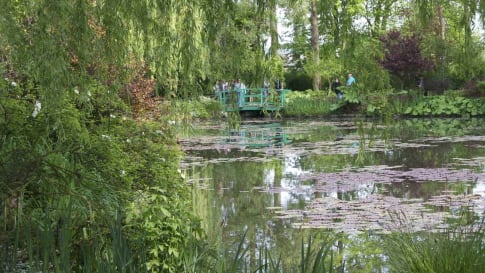
25 days
Aug, May, SepItaly and France, history of gardens small group escorted tour
Visiting France, Italy
Odyssey's small group tour explores some of the classic gardens of Italy and France that reflect changing fashions and garden designs throughout the ages. This fully escorted tour features an Odyssey Program Leader and a handful of local guides who will examine, discuss, compare and contrast the cultural and temporal similarities and diversities between the gardens of Italy and France and the historical influences on their design.
From A$17,595 AUD
View Tour


